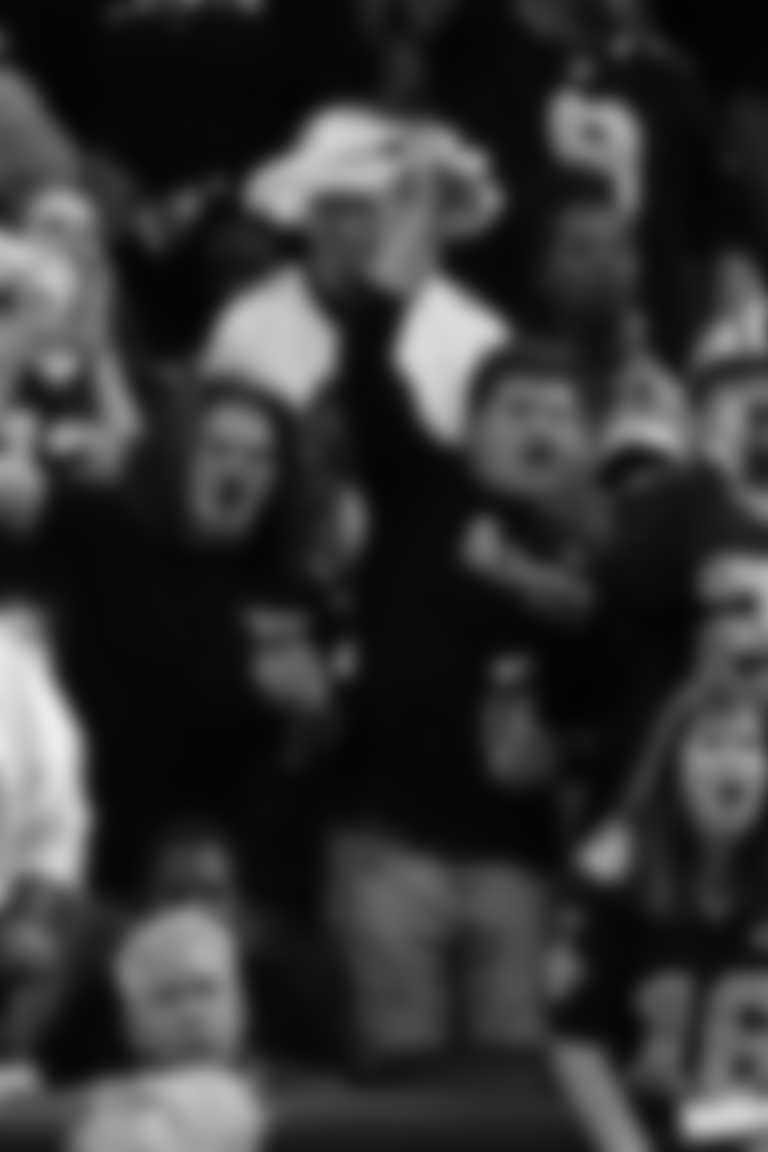Indianapolis – Fifteen minutes, over the course of a day, barely registers as an eye blink.
But 15 minutes – the length of time franchises get to interview draft prospects at the NFL Combine – is a first impression that could carry significant weight, as much or more than the measurable physical traits that a team can, and already likely has, charted.
So the rapid-fire exchange that takes place between Saints officials and coaches and potential draft picks is one whose impact that lasts significantly longer than an eye blink. Which means it is designed to elicit as much information as possible within the allotted time.
"It's challenging because it's only 15 minutes, so the first thing you get is a first impression," Coach Sean Payton said. "You have a chance to hear a player talk. The first part of the interview is background, you find out a little bit about his family, what other sports he's played, who are those important people in his life. You try to find out if there are any off-the-field incidents.
"So, as much as you can in five minutes on background, and then the next 10 minutes of the meeting is spent on football and, really, football IQ. In a very short period of time, we're trying to find out how quickly a player can learn. That's one of the hardest things for our scouts to get.
"You can watch the tape, talk to the coaches, you can look at grade-point averages, you can find out if he's a college graduate, but one of the challenges for us is finding out how quickly he can learn football. And oftentimes, players that don't score well on certain IQ tests are exceptional learners – they may, for whatever reason, not have tested well."
That segues into the on-field workouts, which begin Saturday and conclude Tuesday. And Payton is lockstep with General Manager Mickey Loomis and Director of Player Personnel Ryan Pace in the belief that Combine drills should not be overvalued.
"You've got to be careful not to elevate a player or bring a player down too much because of this," he said. "The original purpose of the Combine was for the teams to combine information medically.
"I would say the most important part of the week is injury history, health, (and) are there any types of prescription drugs that a player has to take. So that 'Combine' referred to combining the information medically on every player that's draft eligible. Then you get into some of the drill-specific things.
"You get a chance to see them do certain drills and I think, more importantly, compare them over the last 10 years to players that scored the same way they did in a broad jump, or in a 40-yard dash, or in a shuttle. But I think more importantly, you have a history of videotape. And I think that really is most important, the production these players had in college.
"And I also think it's the first time for a lot of us to meet these players. We just finished interviewing a receiver (Friday night) who was outstanding in the room, and you can really visualize this player on our team. And so, those impressions, I think, are extremely important."
The Saints' draft picks this year will be determined as they generally have been.
The preference is best player available, because that'd signify that the team believes it already has addressed its most pressing needs. But "need" also could come into play, Payton said.
"I think the 'need' sometimes factors in when two players are graded very close," he said. "But you're hoping, during the course of a draft, as magnets come off the board, when you're approaching your pick that there's still one elevated clearly higher than the others. That decision is an easy one.
"The more challenging decision that happens oftentimes is there's a clumping of magnets that still remain at a certain level – (for example) there's a linebacker, a safety and two receivers. Then you really get into the specifics and depending on the round you're in, you're kind of moving there and you're actually clumping those players in a circle and talking about them 15 picks before you select – pros and cons, what we think.
"It's not an exact science but I think the one thing we try to do is find guys that we feel like are going to fit into our locker room, guys that are going to be accountable, they love football. We kind of feel a little bit of an obligation to the current locker room, (and look to pick) guys that our current players would want us to bring in."
Some of the information that the Saints can't glean via interviews in Indianapolis and from watching workouts at Lucas Oil Stadium will be learned at various pro days. Some prospects opt to not work out at the Combine – either due to injury, or perhaps to maximize Combine-specific skills – and have pro days on campus, where NFL team representatives can time them in drills, weigh them, etc.
Payton said attendance is necessary in order for teams to compile as complete a picture as possible.
"What you're wanting to do is have all the blanks filled in," he said. "You're wanting to have the tests, you're wanting to have the agility, you're wanting to have all the drills so that you can punch it into your computer base and at least recall information. Whether it's injury history, whether it's grades, you're trying to factor all those things in to get your best grade."




















